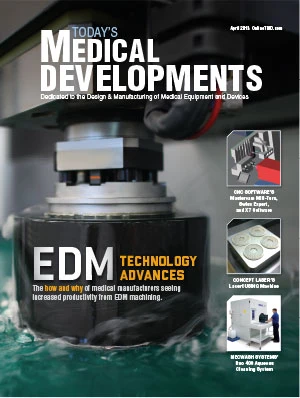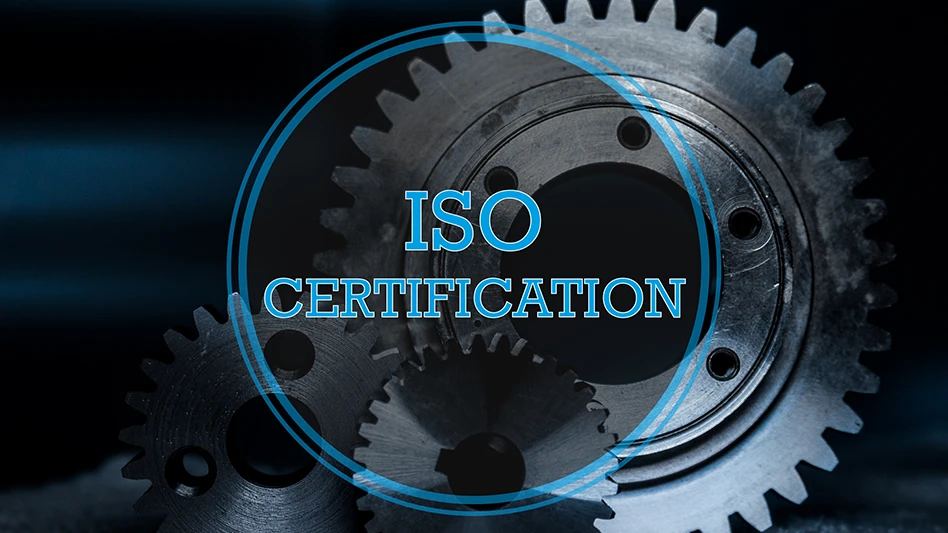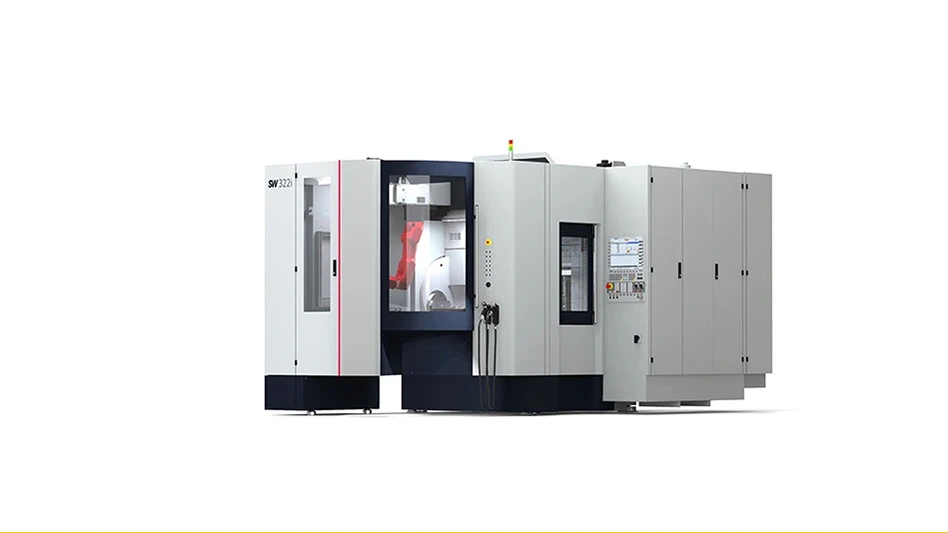 FDA’s Center for Devices and Radiological Health issued a final guidance in 1998 that detailed, “alternate approaches to demonstrating substantial equivalence in premarket notifications,” (i.e. 510(k)) as part of FDA’s transformation initiative. The 510(k) is a premarket notification submitted by companies prior to commercial distribution for Class I and Class II devices. The FDA needed to streamline the process in order to unburden itself, as the number of 510(k)s had increased, so that additional funding resources would not be required the FDA created The New 510(k) Paradigm as the way forward.
FDA’s Center for Devices and Radiological Health issued a final guidance in 1998 that detailed, “alternate approaches to demonstrating substantial equivalence in premarket notifications,” (i.e. 510(k)) as part of FDA’s transformation initiative. The 510(k) is a premarket notification submitted by companies prior to commercial distribution for Class I and Class II devices. The FDA needed to streamline the process in order to unburden itself, as the number of 510(k)s had increased, so that additional funding resources would not be required the FDA created The New 510(k) Paradigm as the way forward.
This new paradigm offered device companies a useful tool. However, manufacturers should consider additional approaches to get their device FDA cleared. Presented are three additional methodologies to obtain FDA marketing approval for innovative medical device companies and their products for your consideration:
1. Add to the company’s market capitalization, thereby enhancing shareholder value and opening the door to additional revenue opportunities.
2. Educate FDA review staff better and in a less time-pressured manner.
3. Allow FDA and the regulated companies to have a more reasoned and less pressured working environment, where each side gains a great deal from dialogue and neither side loses any advantage.
A Version Zero Device
In recent years, FDA internal and external device review groups and committees have dramatically increased their questions about medical devices, ensuring that they are the safest and most effective available. Each question, however, creates time delay and added data-gathering costs. It is therefore the responsibility of each medical device company to educate the FDA about its new device, keeping in mind that the FDA will not discuss a project but rather only a product.
A suggested approach to educating the FDA is to use a simplified version of the actual marketed device, called Version Zero Device. The Version Zero Device, an early version of a company’s desired device, lacks many of the advanced technologies – the bells and whistles – that open the door to intensive questioning by the FDA.
This process has the company submit a premarketing notification 510(k) for the Version Zero Device, which moves very quickly through the application process, thereby informing the FDA about the new company through this simple form of the new device.
Upon 510(k) clearance, this device becomes part of the identified list of predicate devices for the actual device the company intends to market, called Version 1, via a subsequent 510(k). The additional 510(k) fee is a trivial expense compared to the rapidly processed time for the second 510(k). Note that the submission of the Version Zero 510(k) takes place in parallel with the ongoing design/development of the Version 1 device, so that no actual project time is lost.
Pre-IDE Meeting
Many device manufacturers believe that talking with the FDA is a bad idea. In reality, the opposite is more often the best approach, where company representatives must talk with the FDA via a pre-IDE meeting, unless the device is so completely obvious that no one at FDA might have a second thought about granting 510(k) clearance.
A pre-IDE meeting offer several advantages (benefits):
1. The FDA staffers you meet at pre-IDE meetings will eventually be the reviewers for the device’s Premarket Notification. They may have very different thoughts about your device or its category than you do and you will never know that until you meet or submit the 510(k).
Therefore, the company must understand what these questions are before submitting the Premarketing Notification. Otherwise, it forces the company to submit to the FDA staff questions after filing of the submission document, and that will result in costly 510(k) approval delays – just when the company needs to move forward.
2. Companies often select predicate devices and testing procedures different from those the FDA believes should be the ones employed. The company must know what the FDA thinks before performing the testing and submitting the 510(k). Many manufacturers make testing decisions for their particular device by reviewing old 510(k)’s for predicate devices.
However, many times approval of those predicate devices were years ago; even if the technology or standards have not changed in the manufacturer’s field, it may have changed in other fields, so that FDA officials might believe the revised standards apply to your device. You will not know about these heightened standards unless you meet with the agency before submitting a 510(k).
3. The third reason to meet with the FDA is to get to know the reviewers, and to put faces with names. Typically, there will be one reviewer on the panel who has a professional interest in the product or its category, and that person will be enthusiastic about seeing your product reviewed and approved. You will never know who this person is unless you meet directly with the FDA.
Additionally, there is often one person who is very concerned about your device, or about a similar device, and that person wants some aspect of the device investigated and resolved. The company needs to know these vital FDA staff human interests to move the 510(k) review forward expeditiously.
Regulatory Break Point
Year after year, FDA holds device manufacturers to ever-higher standards; the goal posts keep moving further and further back. It is suggested to use a third tool to address these stricter standards and to maintain consistent medical device clearance rates, called the Regulatory Break Point analysis.
Every device has something different about it, even if considered substantially equivalent. The question is, how different can your device be and not make FDA staff uncomfortable? When FDA staff members are put outside their comfort zone, they bombard the device innovator with questions and concerns. The process needs a tool to deal with this critical issue. The Regulatory Break Point analysis comes out of a GAP analysis. It creates an intermediary device that easily fits within the FDA comfort zone. This is the device known as Version Zero, which is used for submission to FDA as education for FDA staff; it is very close to the predicate and intermediate device desired for marketing. FDA Clearance of the device serves several hugely important functions:
1. It gives the manufacturer actual 510(k) clearance, boosting to the market capitalization value of the company.
2. It gives the manufacturer true face time with FDA staff and teaches the manufacturer rules of engagement and methods of regulatory interactions without the manufacturer being placed in a life and death contest with FDA about device design, marketing claims, processes, and procedures.
3. It gives FDA staff an opportunity to explore the knowledge of the manufacturer in this specialized product space and to learn what is known and what is not known or knowable. After the approval of the Version Zero device, the manufacturer submits a 510(k) notification for the device that the manufacturer actually wants to market, using this Version Zero device as one of its predicate devices. Even though this additional premarket application comes with an additional cost, that cost is minute compared with lengthy manufacturing delays and the overall cost of bringing a device to market.
Regulatory Affairs Associates
Birmingham, Mich.
www.regaffairs.net
Jessica A. Knowlton is a clinical research coordinator at the University of Tennessee and contract writer for Regulatory Affairs Associates.
Stephen J. Goldner, JD, RAC is president of Regulatory Affairs Associates, a FDA consulting companies in the U.S.

Explore the April 2013 Issue
Check out more from this issue and find your next story to read.
Latest from Today's Medical Developments
- Tariffs threaten small business growth, increase costs across industries
- Feed your brain on your lunch break at our upcoming Lunch + Learn!
- Robotics action plan for Europe
- Maximize your First Article Inspection efficiency and accuracy
- UPM Additive rebrands to UPM Advanced
- Master Bond’s LED415DC90Med dual-curable adhesive
- Minalex celebrates 60 years of excellence in miniature aluminum extrusions
- Tormach’s Chip Conveyor Kit for the 1500MX CNC Mill





